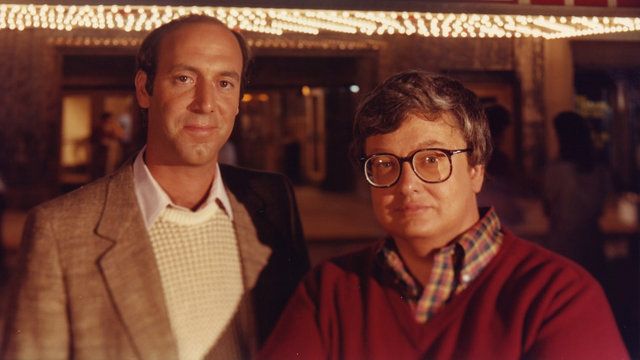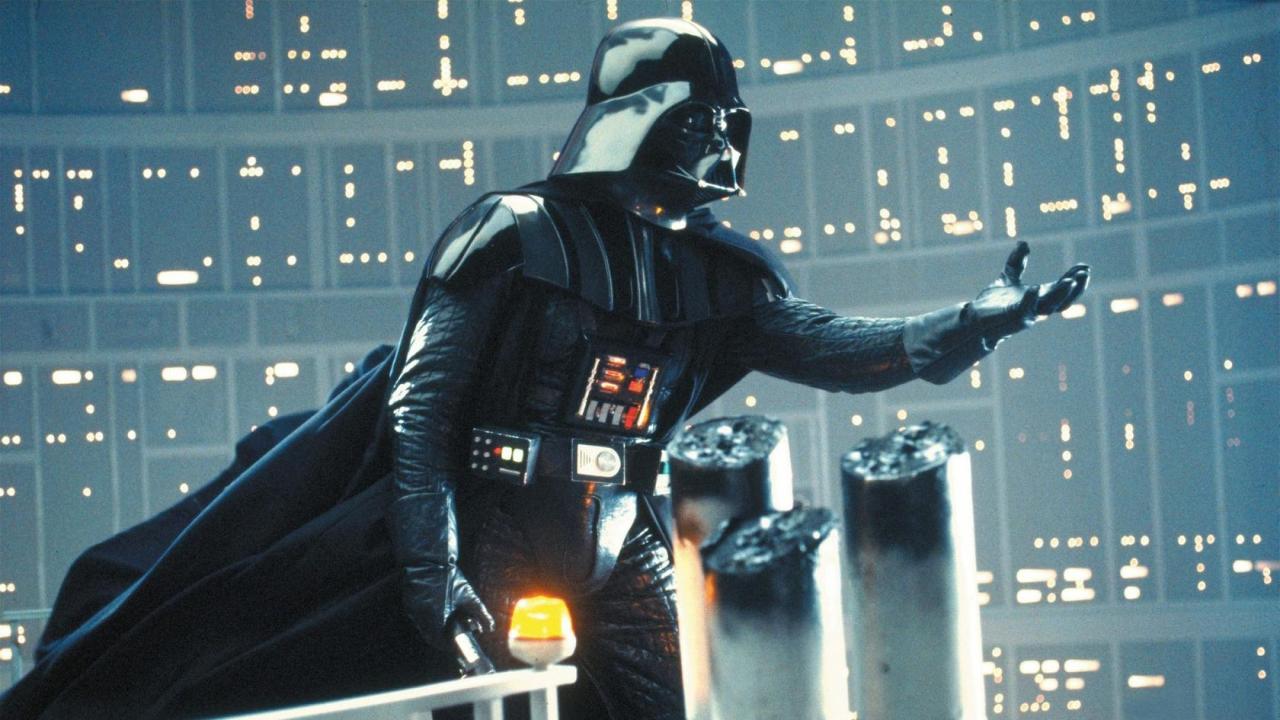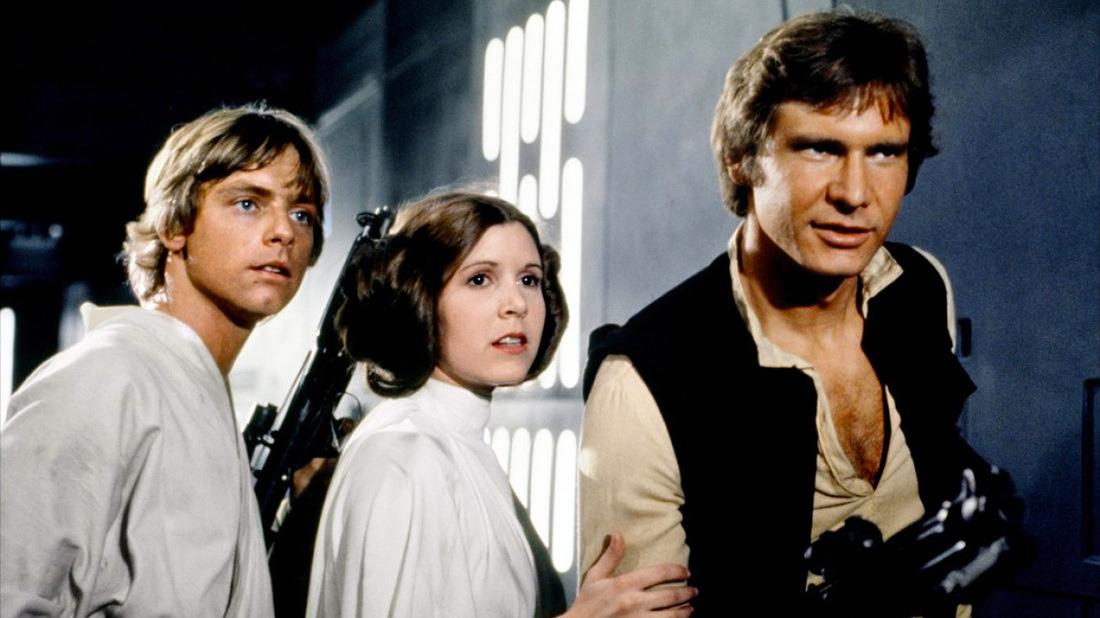Warning: This article has spoilers
Unlike the divisive “Star Wars” prequel trilogy, “The Force Awakens” has largely been embraced by fans and critics alike as a return to the glory days of George Lucas’ original trilogy. But as with any fervent fan-base known for scrutinizing minute details, there are those that find “The Force Awakens” disappointingly average and unoriginal.
The biggest criticism being flung at “The Force Awakens” is that the plot is too similar to the first “Star Wars” film, later subtitled “A New Hope.” Indeed, many of the plot points are similar: A droid has secret information that must be delivered to a rebellion; an orphan on a desert planet is thrown into a hero’s quest; a mysterious older man takes on the role of a father figure; a space battle ends with the explosion of a planet-destroying weapon.

It is a mistake though to assume that the familiarity of the plot makes “The Force Awakens” bad by default. To complain about a lack of originality of the story is missing the point as “Star Wars” was never an original story. As is often true, it isn’t the destination, but the journey and who you’re taking the trip with that counts.
“Star Wars: Episode I — The Phantom Menace” also follows similar story beats as “A New Hope,” but in place of the wit and charm that helped “A New Hope” and “The Force Awakens” make the formula feel fresh was the juvenile antics of Jar Jar Binks. “The Phantom Menace” works as kids entertainment but it is also where the series begins to lose its more universal appeal.
In 1983, following the release of “Return of the Jedi,” film critics Gene Siskel and Roger Ebert did a special episode of “At the Movies” titled “The Secret of Star Wars.” One thing they honed in on was that “Star Wars” utilized ancient storytelling traditions that Lucas extensively researched before making “A New Hope.”

“If you analyze the ‘Star Wars’ movies,” Ebert said, “what you’ll find is that these outer space epics use the same basic forms as westerns or medieval morality plays or Greek tragedy — basic story elements like a hero and his quest; the young prince and the wise old wizard; the powerful father figure; and the heroine in distress.”
Lucas made no attempt to hide to these archetypes in “A New Hope” — Jedi are referred to as knights and Leia (Carrie Fisher) is a princess even though it makes little political sense in the context of the movie. The simplicity and timelessness of the tale are part of its appeal, but what helped make it unique was how Lucas played with our expectations of these tropes.
The father role is put into question when it is revealed in “Empire Strikes Back” that Luke Skywalker’s (Mark Hamill) adversary is also his father. This shifts the hero’s journey from destroying the enemy to saving him.

In “The Force Awakens,” it is Han Solo (Harrison Ford) who is now father to the villainous Kylo Ren (Adam Driver). Once again, a hero must attempt to save the villain but the outcome is flipped with Kylo killing his father.
This in itself is a classic story element that dates go back to the Greek tragedy “Oedipus Rex” in which Oedipus kills his father and beds his mother. It is safe to say the now-Disney-owned “Star Wars” will not be exploring the latter aspect.
The original films also played with the role of the damsel in distress with Leia playing an active role in her rescue in both “A New Hope” and “Return of the Jedi.” She even kills her captor in “Jedi.” “The Force Awakens” continues this subversion of the helpless damsel by making the female character Rey (Daisy Ridley) the one who is going on the hero’s journey.
Rey makes it clear early on she doesn’t need saving when the male lead Finn (John Boyega) grabs her hand and she requests that he “stop doing that.” Later, when Rey is captured by Kylo, she frees herself before her potential saviors, Finn and Han, get the chance to.

This pattern repeats when Finn attempts to defend Rey in a lightsaber battle with Kylo. Finn is quickly dispatched, and it is up to Rey to save him.
Now, as Siskel noted back in 1983, the presence of these motifs doesn’t automatically make the “Star Wars” saga good but they are key to what continues to make “Star Wars” a global sensation.
“If a story is written well, if it is told well, if the actors properly communicate the emotions and if the technical craftspeople dazzle us, then those same classic mythological elements will allow the movie to speak to us and, most important, to a mass audience across the world in a deeply personal way,” Siskel said.

That statement holds true for the first three “Star Wars” movies as well as “The Force Awakens.” Sure, this new film isn’t perfect and there are things to nitpick, but the same is true of the beloved originals.
We didn’t care about the flaws because we were invested in the colorful characters that were full of humor, feelings and humanity. People are responding so positively to “The Force Awakens” because, for the first time since 1983, we have “Star Wars” characters to care about.
The way director J.J. Abrams and co-writer Lawrence Kasdan rework timeless character archetypes as well as plot elements from previous “Star Wars” films makes “The Force Awakens” more than just a bland retread and allows it to become something special in its own right.
Alec Kerr



